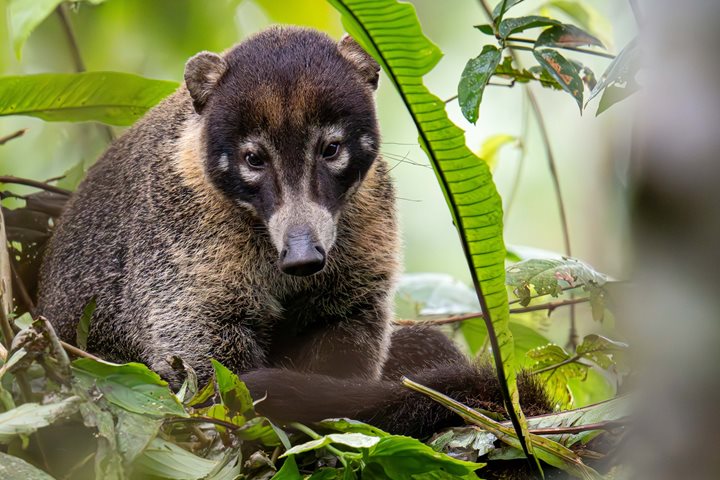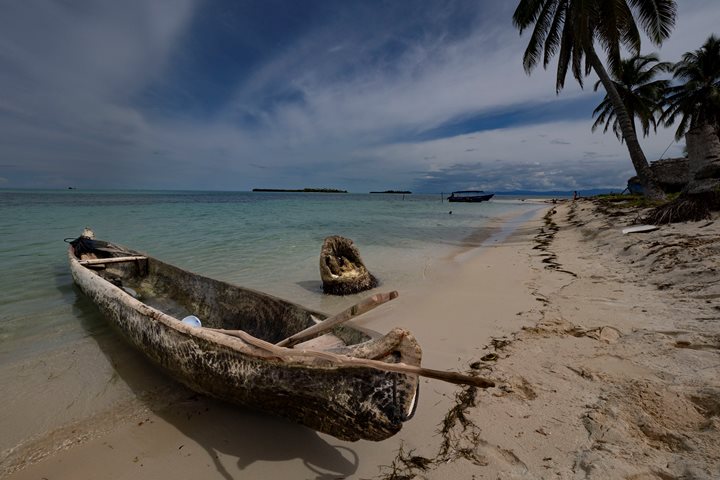As we rode through the Bahía de Cispatá on Zodiacs, no one could have envisaged the size of the reception in San Antero. As the first boat turned the bend through the channel of mangroves, a wall of mapale music greeted us with energetic dancers, a donkey (after all, San Antero does celebrate the Festival of the Donkey), food, and even the Governor of the department of Córdoba himself. As this is the first cruise ever to stop in this department, the visit caused quite a stir, not only in the immediate region, but also nationwide as National Geographic Quest made the pages of Colombia’s oldest newspaper, El Espectador.
Located on the banks of the fast-flowing River Sinú, Santa Cruz de Lorica is a vestige of a time past. The historic center is testament to this heritage town’s past as a major economic hub in the Republican Era and also as a seat of Lebanese migration to Colombia. Ornate churches and the elegantly decaying opulence of the architecture left guests considering the commerce from another era, as the iconic marketplace better resembled a souk, perhaps in Damascus. Thirst was quenched with corozo juice, a refreshing local specialty, as a local cumbia band played la pollera colora songs.
After lunch, an entertaining bus ride brought us to the outskirts of the town of Tuchín to visit members of the Zenú people and learn about the traditional practice of making the sombrero vueltiao. These hats, known throughout Colombia, are made of a fibrous reed called caña flecha. The process of making a sombrero vueltiao can take up to eight days depending on the complexity of the weave.
The whole community pitches in with the process, from stripping the reeds, dying them, drying them, weaving, and finally stitching the reeds together with ancient Singer sewing machines. There will be various sombrero vueltiaos gracing towns and cities across the United States as National Geographic Quest passengers were clearly enamored with the finished product.







